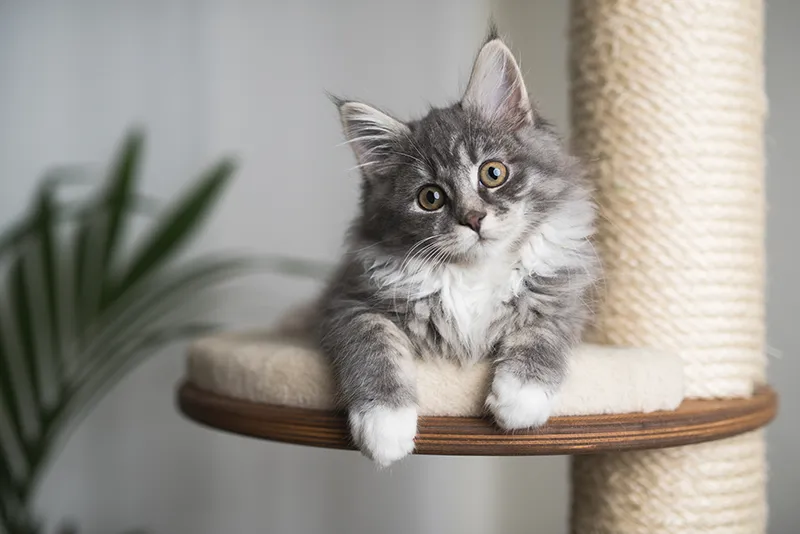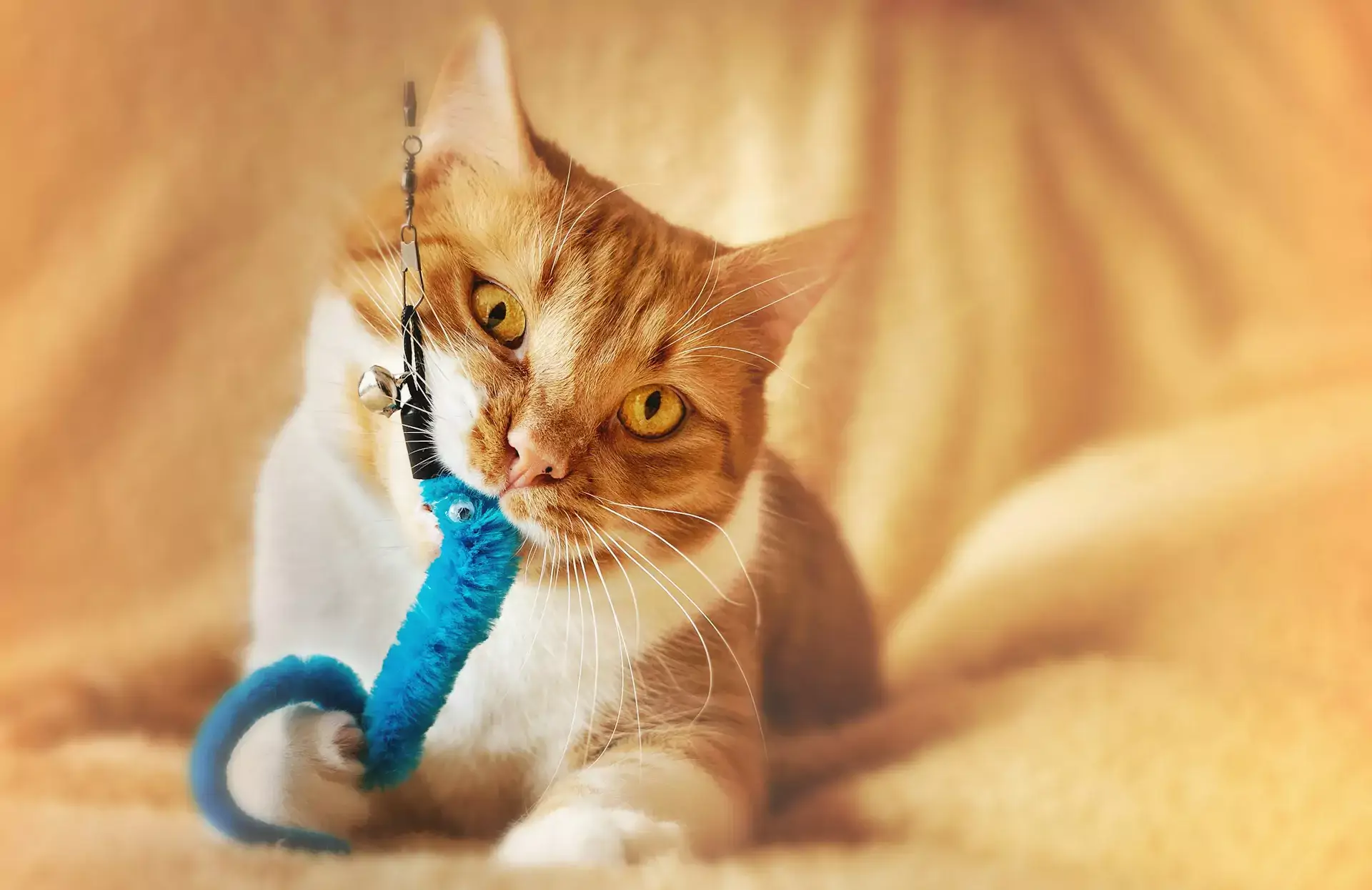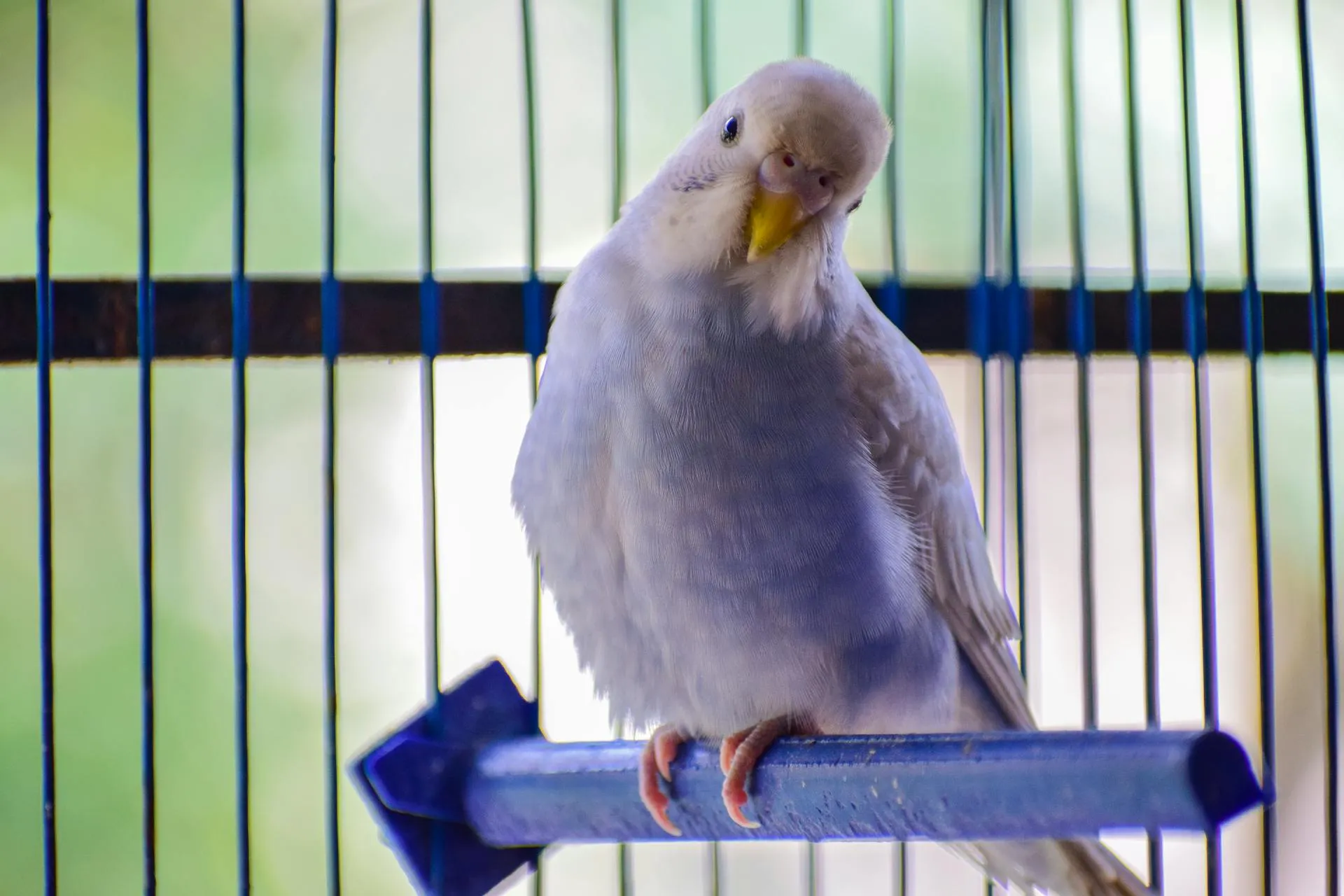Cats are natural scratchers, as we all know. But while scratching is an instinctive behavior, it can be frustrating when your feline friend starts using your furniture as their scratching post. At Galena Animal Medical Clinic, your Galena, MD, animal hospital, we understand the challenges that come with managing cat behavior. Whether your cat is scratching out of boredom, for territorial reasons, or just to keep their claws sharp, it’s important to address the behavior in a way that’s safe for both your cat and your furniture.
In this blog, we’ll provide expert tips on how to train your cat to stop scratching furniture and offer alternative solutions to keep your cat’s natural instincts satisfied.
Why Do Cats Scratch?
Before diving into solutions, it’s important to understand why cats scratch in the first place. Scratching is a natural, instinctual behavior for cats that serves several purposes:
- Marking Territory: Cats have scent glands in their paws, and scratching is a way of marking their territory. By scratching, they leave a visual and scent-based marker, signaling their presence to other cats.
- Sharpening Claws: Scratching helps cats shed the outer layers of their claws, keeping them sharp and healthy.
- Stretching and Exercise: Scratching provides an opportunity for cats to stretch their muscles and tendons, particularly in their front limbs and paws.
While scratching is necessary for your cat’s well-being, you can redirect this behavior to acceptable alternatives and protect your furniture in the process.
Tips to Stop Your Cat from Scratching Furniture
There are several strategies you can implement to stop your cat from scratching furniture and encourage them to scratch in more appropriate places. Here’s how:
1. Provide a Scratching Post
One of the best ways to prevent furniture scratching is by offering an appropriate scratching post. Cats love scratching posts because they allow them to satisfy their natural instincts in a way that’s beneficial to their body and mind.
How to Choose the Right Scratching Post:
- Height and Stability: Make sure the scratching post is tall enough for your cat to stretch fully while scratching. It should also be stable and sturdy, so it doesn’t tip over when your cat uses it.
- Material: Cats prefer different materials for scratching. Sisal rope is a popular choice because it mimics the texture of tree bark, which is similar to what they scratch in the wild. You can also try cardboard scratching pads or wood-based posts.
- Location: Place the scratching post near areas where your cat typically scratches. Cats often scratch after waking up, so putting the post near their favorite nap spots or by windows they like to perch in front of can encourage them to use it.
2. Use Deterrents on Furniture
To prevent your cat from scratching the furniture, you can apply safe, pet-friendly deterrents to the areas they frequent.
How to Deter Scratching:
- Double-Sided Tape: Cats dislike the sticky texture of double-sided tape. Place strips of tape on the edges of your furniture where your cat scratches most frequently.
- Commercial Deterrents: There are sprays available that can be applied to furniture to deter scratching. Many of these products are made with natural ingredients like citrus, which cats tend to avoid. However, always check the product’s safety for pets before use.
- Aluminum Foil or Plastic: Wrapping furniture with aluminum foil or plastic sheets can deter cats from scratching, as the crinkling sound or texture may be uncomfortable for them.
3. Trim Your Cat’s Claws Regularly
Regular claw trimming can help reduce the damage caused by scratching. While trimming won’t stop the scratching itself, it can minimize the impact on your furniture.
How to Trim Cat Claws Safely:
- Use specialized pet nail clippers designed for cats or small animals.
- Gently press your cat’s paw pad to extend the claws.
- Trim the sharp tips of the claws, but avoid cutting the quick, which is the pinkish area inside the claw that contains blood vessels and nerves.
- If you’re unsure how to trim your cat’s claws, ask your veterinarian to show you the proper technique.
4. Use Positive Reinforcement
Positive reinforcement is one of the most effective ways to train your cat. When your cat uses the scratching post or any acceptable surface, reward them with praise, treats, or playtime.
How to Use Positive Reinforcement:
- Reward Immediately: As soon as your cat uses the scratching post, reward them with a treat or attention to reinforce the behavior.
- Consistency: Be consistent with your rewards. If you see your cat scratching in the right place, praise them every time so they associate the post with positive outcomes.
- Redirect Scratching: If your cat starts scratching your furniture, gently redirect them to the scratching post. Avoid punishment or scolding, as this can cause stress and confusion.
Click here to read another blog post about kitty behavior: this one focuses on play.
5. Cover Furniture with Protective Covers
If your cat continues to scratch your furniture, consider covering the areas with protective covers, such as slipcovers or furniture protectors. This can help prevent further damage while you work on training your cat.
Additional Protection Tips:
- Slipcovers: Use slipcovers to cover armrests or sides of couches and chairs. Choose slipcovers that are machine washable to easily clean off any scratches.
- Furniture Protectors: There are products designed specifically to cover furniture and prevent scratching. These protectors often have a clear, non-toxic adhesive that won’t damage your furniture.
6. Provide Enough Play and Enrichment
Boredom is often a reason why cats scratch excessively. When cats don’t have enough mental and physical stimulation, they may scratch out of frustration or to release pent-up energy.
Enrich Your Cat’s Environment:
- Interactive Toys: Provide your cat with a variety of toys, such as feather wands, laser pointers, and puzzle feeders, to keep them entertained and engaged.
- Vertical Space: Cats love to climb and explore vertical space. Consider adding cat trees, shelves, or scratching posts at different heights to satisfy their climbing instincts.
Chewy did an article on why cats scratch, which you can read here. Humane World for animals also has a post on scratching in kitties. Click here for that one.
Frequently Asked Questions
1. Why is my cat scratching the furniture even though I have a scratching post?
Your cat may be scratching the furniture because it’s more accessible or provides a different texture. Try placing the scratching post closer to the furniture or using a different material (like sisal or cardboard) that your cat prefers.
2. How often should I trim my cat’s claws?
Trim your cat’s claws every 2-4 weeks to keep them manageable. However, this can vary depending on your cat’s activity level and whether they go outside.
3. Can I punish my cat for scratching?
Punishment can lead to stress and confusion, and it may not effectively stop the behavior. Focus on redirecting your cat to the scratching post and rewarding good behavior instead.
4. Why do cats scratch at all?
Cats scratch to mark territory, sharpen their claws, stretch their muscles, and relieve stress. It’s a natural, instinctual behavior that is important for their overall health and well-being.
5. Are there any sprays to stop my cat from scratching?
Yes, there are sprays available that are designed to deter cats from scratching furniture. These sprays typically have a scent that cats find unpleasant, like citrus, but they are safe to use on your furniture.
Schedule An Appointment At Our Galena, MD Pet Clinic
With patience, consistency, and the right tools, you can train your cat to stop scratching your furniture and redirect their behavior to more appropriate areas. At Galena Animal Medical Clinic, your Galena, MD, animal hospital we’re here to help you with behavior training and any other cat care concerns. Remember, scratching is a natural behavior, and the goal is to provide your cat with alternatives that fulfill their needs without damaging your home.
If you need further guidance on dealing with scratching behavior or other cat-related issues, don’t hesitate to reach out. We’re here to help!
Click here to visit our Service page and find out more about our clinic and the animals we treat. You can also go here to learn more about our Critical Care services, or go here to learn more about our Exotic Pet care offerings.
This blog is meant to be informational only. Always consult with your veterinarian for the right medical advice, diagnosis, or treatment plan for your pet and follow their advice.







!Social Media Icons